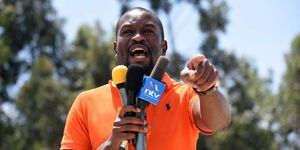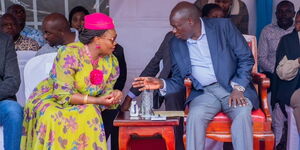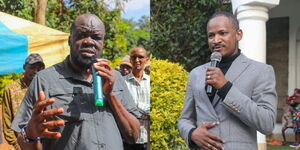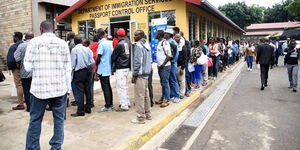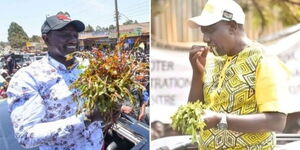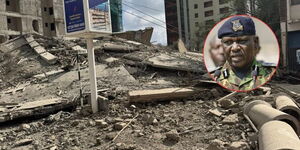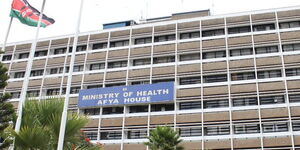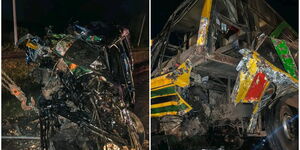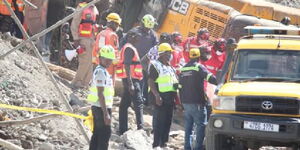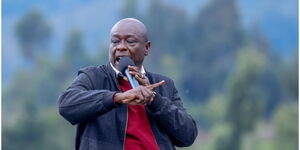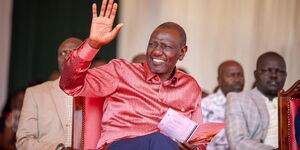The Ministry of Gender, Culture, and Children Services has responded to a petition to relocate the remains of former President Jomo Kenyatta to his Gatundu home, recommending that the petition follow a multi-phased approach.
The response follows a petition by a Kenyan named John Mweha, who on July 26 requested that the former president’s remains be removed from their current location, arguing that it was not symbolically or constitutionally reserved for the legislative arm of government and might not reflect traditional African values.
"This is a sincere, non-partisan appeal to the Government to initiate a dignified, consultative, and culturally sensitive process for the relocation of the remains of the late Mzee Jomo Kenyatta, the Founding Father and First President of the Republic of Kenya, from Parliament Grounds in Nairobi to his ancestral home in Gatundu, Kiambu County," part of the petition read.
The petitioner listed several arguments to support his request, including honouring a probable wish.
In response to his petition, the Ministry, in a statement signed by CS Hannah Wendot, acknowledged his concerns but noted that the matter raised legal and constitutional considerations.
"The petition's reliance on constitutional provisions is robust but requires deeper scrutiny to assess its legal viability. Consequently, a multi-phased approach," the response letter by the CS read in part.
The Ministry stated that for such an exercise to be considered, the family must be involved, and additional cultural consultations must also take place.
"Consequently, a multi-phased approach combining cultural validation, family engagement and legislative/judicial oversight is necessary to ensure compliance with the law and national unity," the statement continued.
The Constitution does not explicitly outline where a fallen President should be buried, except that they should receive a State funeral.
Former President Jomo Kenyatta was buried at Parliament Buildings to honour his legacy as the first President of Kenya and to symbolise the nation's independence.
Kenyatta passed away on August 22, 1978, from complications of a stroke.
Since then, his mausoleum has been heavily guarded and not open to the public. However, a petition was filed to allow Kenyans to view it.

